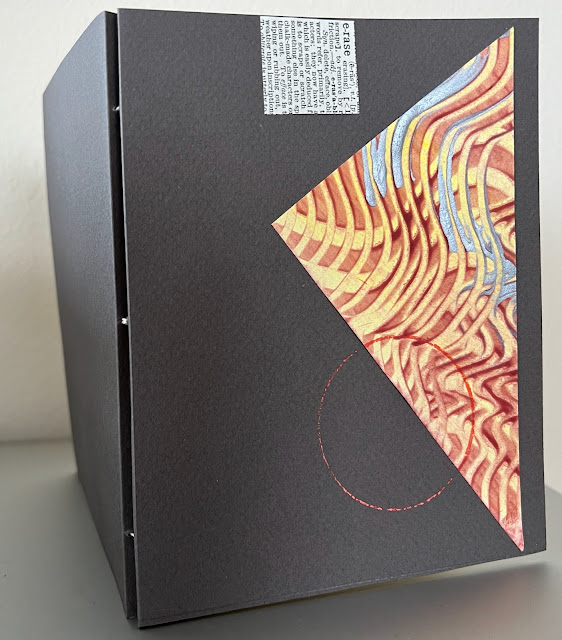When was the last time you heard someone say, Hogwash, or Balderdash, Bullpucky, Razzamatazz, Fudgel, Dillydally, Lollygag, or Tin Whistle? Did you know that a Tin Whistle is a kind of Fipple Flute along with the recorder and flageolet? Have you ever heard of a fipple flute or flageolet? I hadn't, but I love the alliteration when I say these "F" words.
If you look up the origins of these colorful words, you will find some interesting connections. Some are replacements for swear words or as "lollygag" was once used, as a euphemism for love-making. Lollygag became a word that means to waste time instead. Hum.
Reading Kory Stamper's Word by Word, the Secret Life of Dictionaries, reawakened an interest in the origin of words. English is such a versatile language that words change meanings and usage over time. That's why we have lexicographers who painstakingly create the definitions found in our dictionaries to help us keep track of what a word means.
.jpeg) |
| Sakura: Signs of Spring |
The meaning of an acronym can also change over time. LOL used to mean Little Old Lady, but now it's Laugh Out Loud, what will its next iteration be? In our hurried-up world, words that are too long become acronyms instead, such as Post-Modernism shortened POMO, OMG instead of Oh My God, and FOMO or Fear of Missing Out. The use of acronyms flourishes in the English language because it accepts change and adapts to new meanings.
Other languages have different ways of dealing with new words and meanings. In France, any new word needs to be formally approved by the Academie francaise before it appears in their official dictionary. Yet, in everyday use, foreign words creep into French, "weekend" and "smartphone" being prime examples.
The Japanese use three different alphabets to create words. First, The Japanese used kanji, the original written language borrowed from Korea and China. Kanji is an ideogram version of writing and includes both sound and meaning within the word. A good example is the word "Mori", which means forest. Mori repeats the symbol for tree three times and looks like a forest.
Hiragana and Katagana, the other two alphabets developed by the Japanese, have different purposes and are syllabic. Hi ra ga na and ka ta ga na are easy to pronounce once the syllables are separated. Hiragana is a placeholder between nouns and used at the end of sentences. Katagana is used to make the written expression of foreign words.
Cherry blossoms (sakura) are a significant part of Japanese culture because they appear at the beginning of Spring and are transient. People gather for cherry blossom viewing parties and watch as the buds turn to blossoms and then the blossoms fall and cover the ground like pink snow. I found this Japanese word for the changing nature of life which includes the symbol for cherry blossom:
Mi kka mi nu ma no sa ku ra
The last character of this word stands for sakura (cherry blossom). Can you see the tree? There is also the symbol for female within the symbol:
That's the beauty of discovering the origins of words I hadn't known or used before.
***************
Thanks to these four delightful books that inspired this post:
Kory Stamper, Word by Word: the Secret Life of Dictionaries
Joe Gilliard, The Little Book of Lost Words
Yee-Lum Mak, Other Wordly
John Koenig, The Dictionary of Obscure Sorrows
All four are available at
https://bookshop.org
**************
Looking for something to make for Valentine's Day? Check out my Project Directions page.
Happy Valentine's Day!



.jpeg)
.jpeg)


.jpeg)
.jpeg)


.jpeg)
.jpeg)

.jpeg)
.jpeg)


.jpeg)
.jpeg)

.jpeg)
.jpeg)
.jpeg)
.jpeg)
